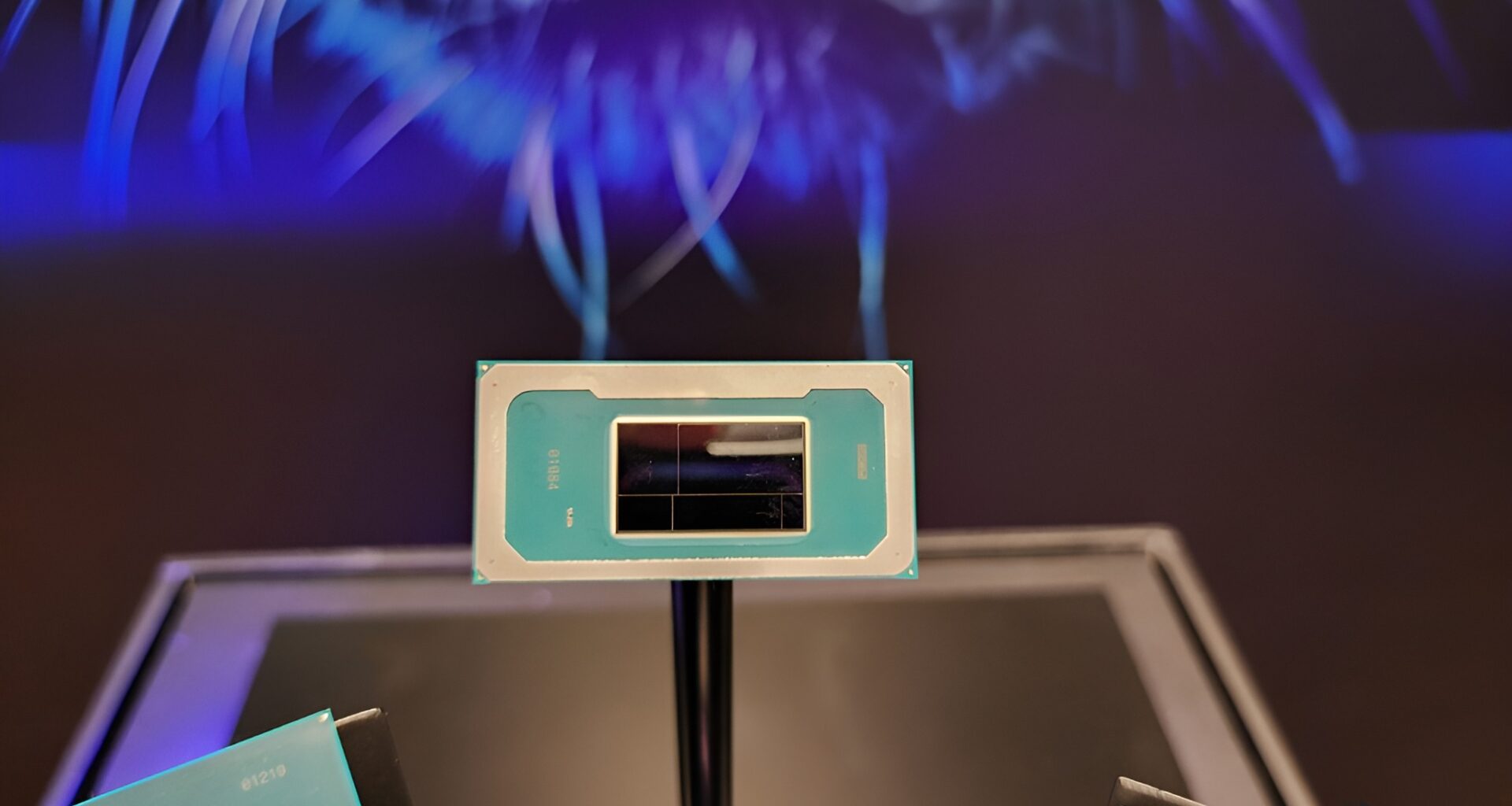One of the major improvements with Intel’s upcoming Panther Lake lineup is its hybrid architecture, which is expected to offer significant upgrades over Lunar Lake.
Intel’s Panther Lake Will Leverage Improved Thread Director Optimizations & Hybrid Compute For Best User Experience
Details around Intel’s Panther Lake series are pretty straightforward since there are only a few days left until the official launch, but interestingly, Intel themselves have uploaded a video around PTL’s ‘Hybrid Compute’, where engineers are explaining the core improvements with the lineup, driven by architectural advancements, and how Intel has made it a priority to ensure that their P/E-core setup is optimal for the mobile platform. We are familiar with the concept behind this configuration in general, so our focus would be on the specific improvements one can expect with Panther Lake.

Intel claims that an essential focus with Panther Lake is dedicating the platform for OEM-adoption, to the point where firms like Microsoft, Lenovo, and others are ‘excited’ to use Intel’s products. Intel’s Jim Johnson, GM & VP of Client Computing Group, claims that with Lunar Lake, the idea was to deliver a “exquisite mobile phone-like fashion” product, but with PTL, the focus will be on uplifting hybrid compute.
The reason I’m especially excited about hybrid architecture with Panther Lake is in Lunar Lake we prove the architecture in a very exquisite mobile phone like fashion. With Panther Lake now we take a very friendly PC ecosystem approach and so the OEMs are able to adopt these products in the way they like to design PCs using their tech.
More importantly, Intel has touted Panther Lake, featuring massive battery life improvements driven by compute adjustments made through P/E-core configurations, and more specifically, which core type handles which workload. Team Blue claims that the hybrid architecture, which began with Lakefield and was refined with Alder Lake, Meteor Lake, and Lunar Lake, has now reached a point where Intel looks ‘really’ confident with Panther Lake.
Panther Lake is going to take that Lunar Lake laptop with a great battery life, and you’re going to have that same battery life experience, but it’s also going to have more performance… more throughput… more capabilities so it can run more complicated workloads.
Interestingly, Intel claims that hardware alone won’t be sufficient to scale up PTL performance; hence, the firm has leveraged technologies like scheduling through Thread Director and dividing OS operations into what Intel calls ‘zones’. So, LP-E cores are responsible for everyday tasks here, allowing the system to avoid waking power-hungry fabrics. Meanwhile, hybrid compute is where PTL will run intensive tasks, and the switching between core types is done through a series of optimizations within the Thread Director.
I ‘scanned’ the video to identify exclusive details around Panther Lake. While there aren’t many to report on for now, it seems inevitable that engineers are confident about what the upcoming lineup will bring on board, especially when it comes to OEM adoption and consumer experience.
Follow Wccftech on Google or add us as a preferred source, to get our news coverage and reviews in your feeds.
